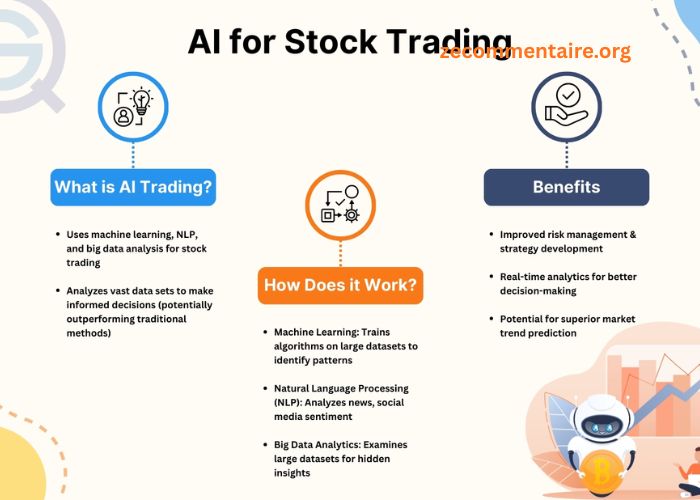When building custom software, one of the biggest questions is, how do you choose the right technology stack?
With so many programming languages, frameworks, and tools available, selecting the best combination can feel overwhelming.
However, making the right choice is essential because it directly affects your software’s performance, scalability, and future growth.
This guide will walk you through everything you need to know about choosing the perfect technology stack for your custom software development project.
What Is a Technology Stack?
A technology stack is a combination of programming languages, frameworks, libraries, and tools used to develop a software application. It consists of two main components:
Frontend (Client-Side) Technologies
The front end is the visible part of the application that users interact with. Some of the most popular frontend technologies include:
- HTML, CSS, and JavaScript – The foundation of web development.
- Frameworks like React, Angular, and Vue.js – Help build dynamic and interactive user interfaces.
Backend (Server-Side) Technologies
The backend is responsible for processing requests, managing databases, and handling business logic. Common backend technologies include:
- Programming Languages – Python, Java, PHP, Ruby, and Node.js.
- Frameworks – Django (Python), Spring Boot (Java), Express.js (Node.js), Laravel (PHP), and Ruby on Rails (Ruby).
- Databases – MySQL, PostgreSQL, MongoDB, and Firebase.
Other Important Technologies
- Cloud Services – AWS, Google Cloud, and Microsoft Azure for hosting and scalability.
- DevOps Tools – Docker, Kubernetes, Jenkins, and GitHub for automation and deployment.
Key Factors to Consider When Choosing a Technology Stack
1. Understand the Project Requirements
The best technology stack depends on the type of Custom Software Development you are developing. Ask yourself:
- Is it a web or mobile application?
- Does it need real-time features like chat or notifications?
- Will it handle large amounts of data?
- Should it integrate with third-party services?
By answering these questions, you can identify technologies that align with your project needs.
2. Consider the Scalability of the Stack
Scalability ensures that your application can handle growing traffic and data without performance issues. When choosing a tech stack, look for:
- Horizontal Scalability – The ability to add more servers to balance the load.
- Vertical Scalability – The ability to upgrade existing servers to handle more traffic.
- Database Scalability – Using NoSQL databases like MongoDB for large, unstructured data or SQL databases like PostgreSQL for structured data.
3. Evaluate Development Speed and Time-to-Market
Some technologies offer faster development and deployment. For example:
- JavaScript frameworks like React and Vue.js speed up front-end development.
- Low-code and no-code platforms allow quick software prototyping.
- Backend frameworks like Django and Laravel provide built-in features that reduce development time.
If you need to launch quickly, choosing a stack with a strong development ecosystem and libraries is beneficial.
4. Check the Community and Support Availability
A technology with a large developer community offers benefits such as:
- Regular updates and security patches.
- Extensive documentation and learning resources.
- More available developers for hiring.
Popular technologies like Python, JavaScript, and Java have active communities, making it easier to find solutions and skilled developers.
5. Ensure Security and Compliance
Security is essential in software development. When selecting a tech stack, consider:
- Built-in security features in frameworks and languages.
- Encryption and authentication mechanisms.
- Compliance with industry standards like GDPR, HIPAA, or ISO.
Technologies like Spring Security (Java), Django (Python), and Express.js (Node.js) offer strong security features for web applications.
6. Consider Long-Term Maintenance and Updates
Every technology requires ongoing maintenance. Choose a stack that:
- Is actively maintained by developers.
- Has long-term support and updates.
- Is not too complex to upgrade or migrate.
Technologies like React, Node.js, and Django have long-term support, making them great options for future-proofing your software.
7. Align with Your Budget
Different technology stacks come with different costs. Consider:
- Hosting expenses – Cloud services like AWS, Azure, or Google Cloud.
- Developer salaries – Some technologies require highly skilled developers who may be more expensive to hire.
- Licensing costs – Open-source technologies like Python and Node.js reduce licensing expenses.
A cost-effective tech stack ensures sustainable software development without exceeding your budget.
Popular Technology Stacks for Different Types of Applications
Web Applications
- MERN Stack – MongoDB, Express.js, React, Node.js (Best for modern web applications).
- MEAN Stack – MongoDB, Express.js, Angular, Node.js (Ideal for enterprise apps).
- LAMP Stack – Linux, Apache, MySQL, PHP (Best for content management systems).
Mobile Applications
- React Native – For cross-platform mobile apps using JavaScript.
- Flutter – A powerful framework by Google for Android and iOS apps.
- Swift & Kotlin – Native development for iOS (Swift) and Android (Kotlin).
Enterprise Applications
- Java with Spring Boot – Best for large-scale enterprise applications.
- .NET Core – A Microsoft-backed framework for business applications.
- Python with Django – Suitable for secure and scalable enterprise software.
Final Thoughts
Choosing the right technology stack for custom software development is essential for building a high-performing, scalable, and future-ready application. By understanding your project requirements, considering scalability, security, and development speed, and selecting technologies with strong community support, you can ensure a smooth development process.





